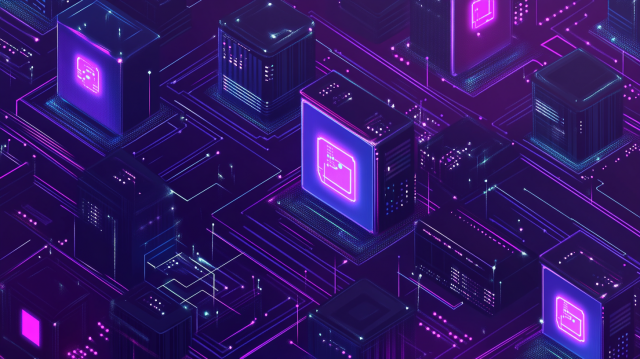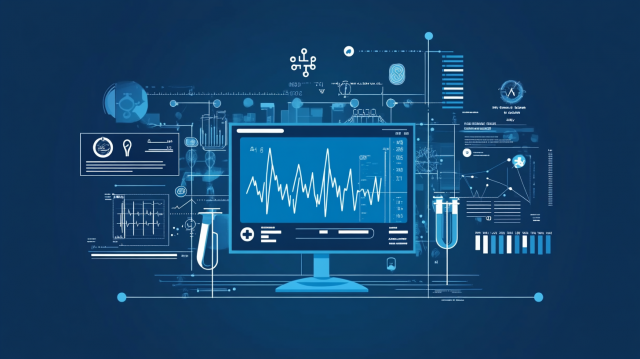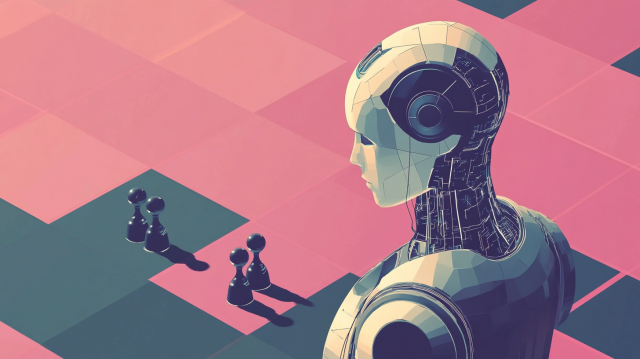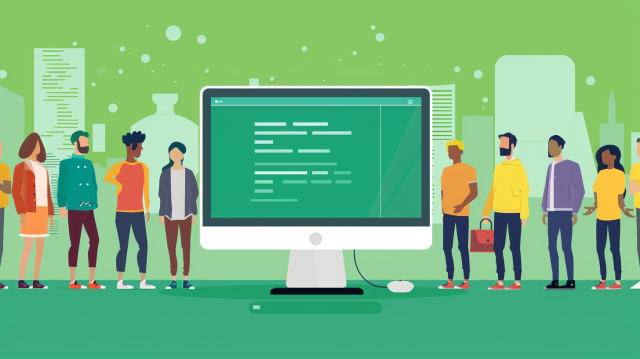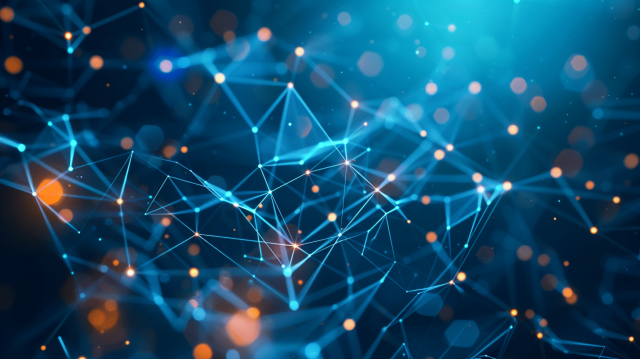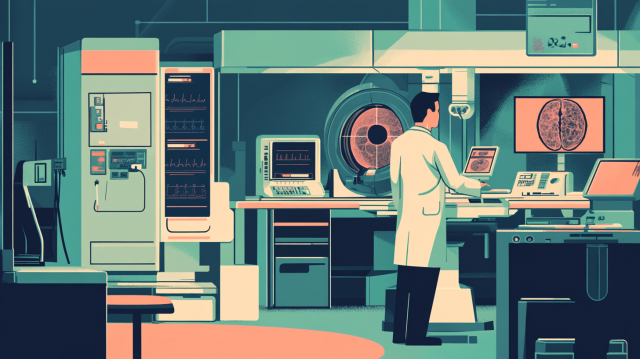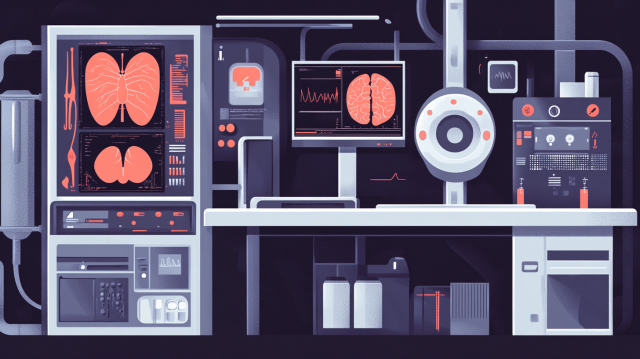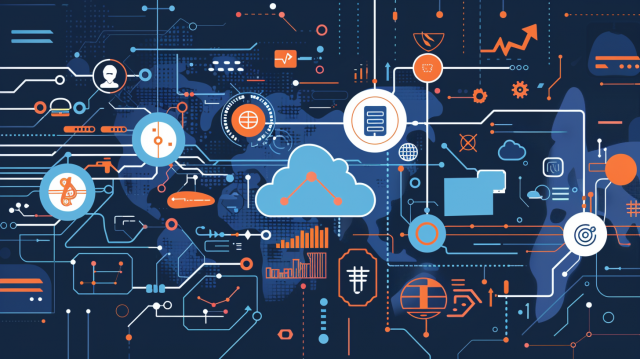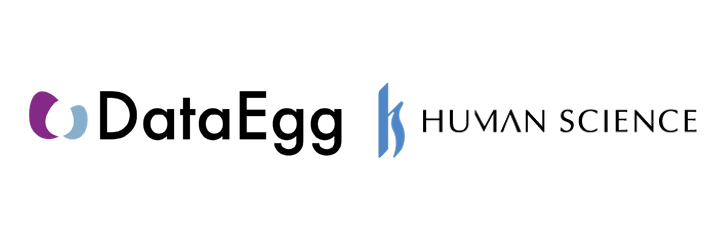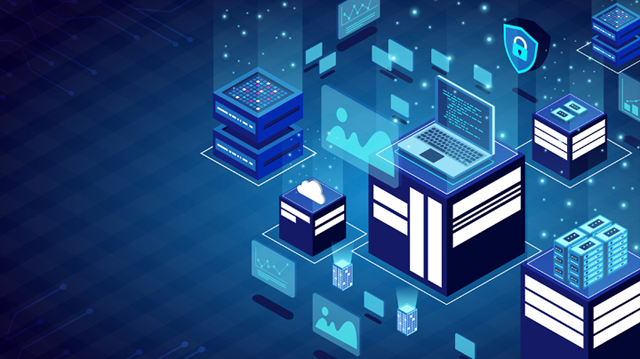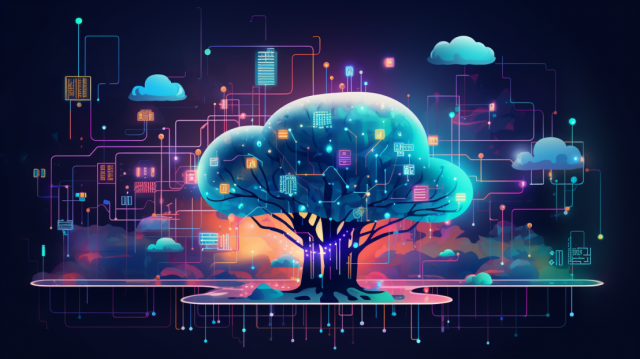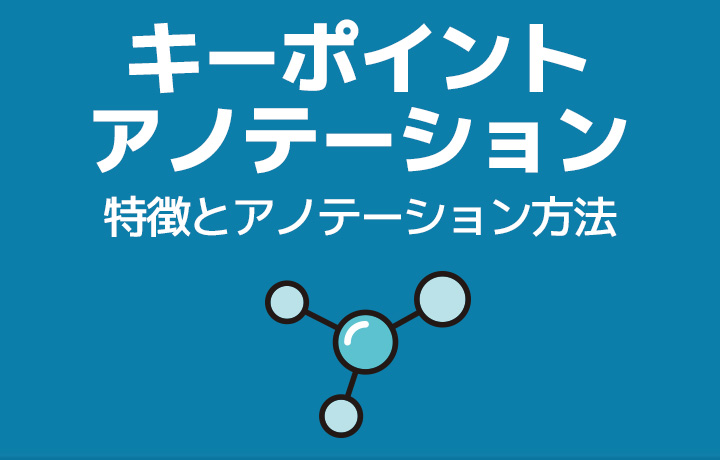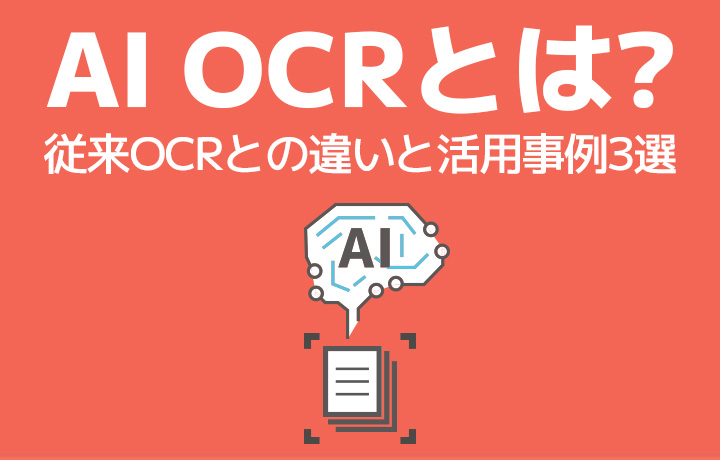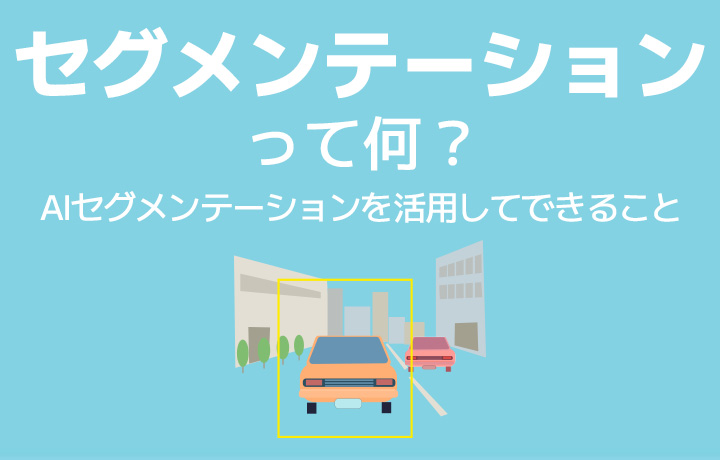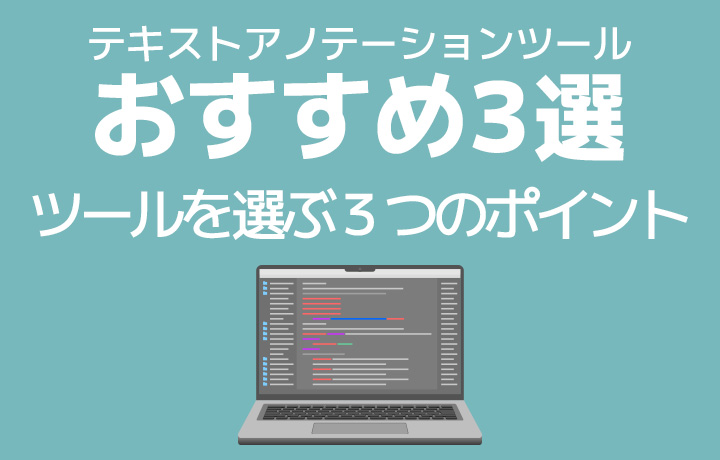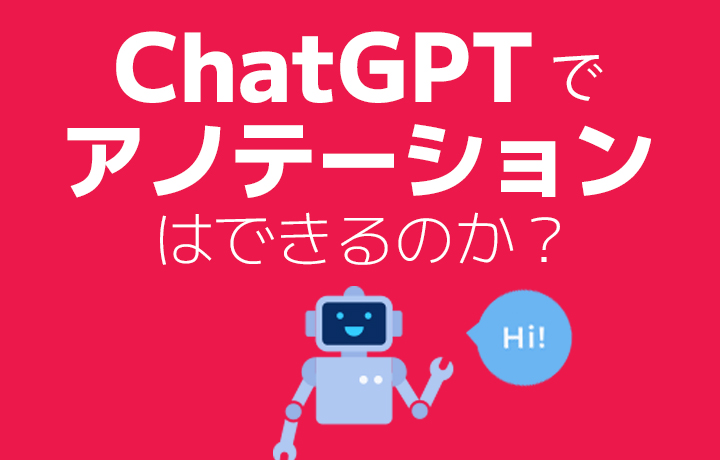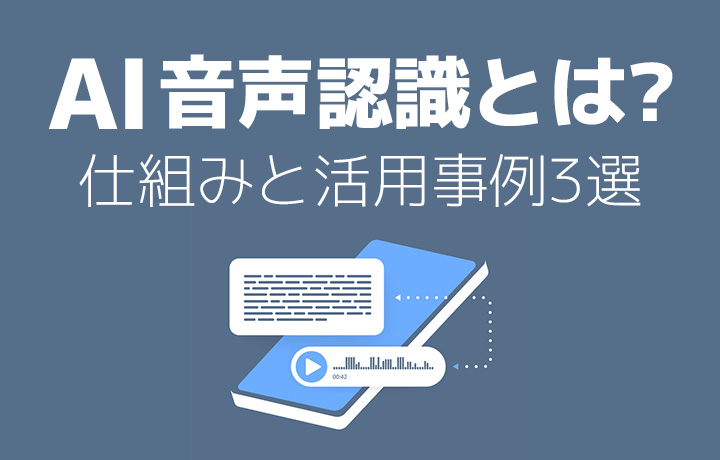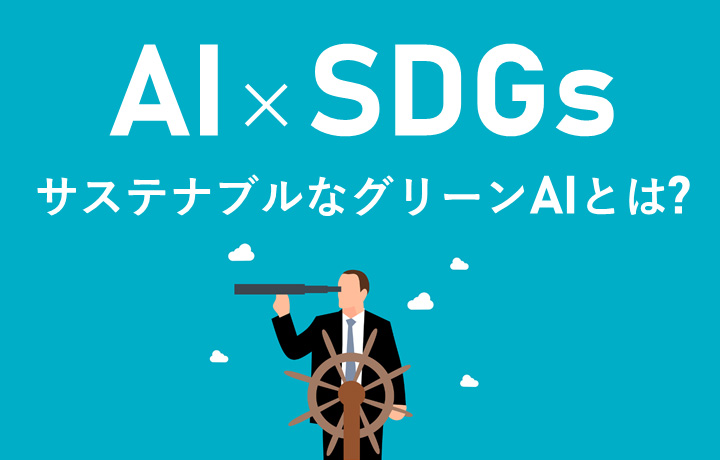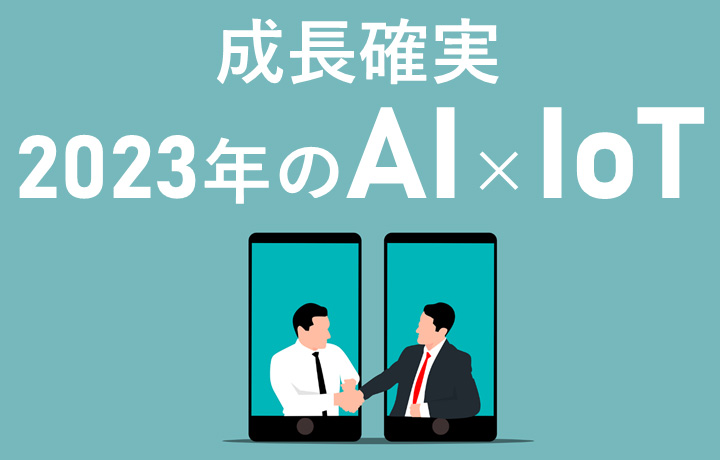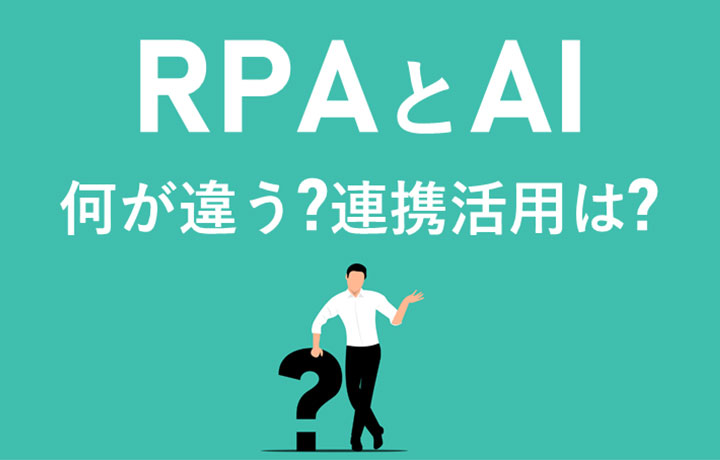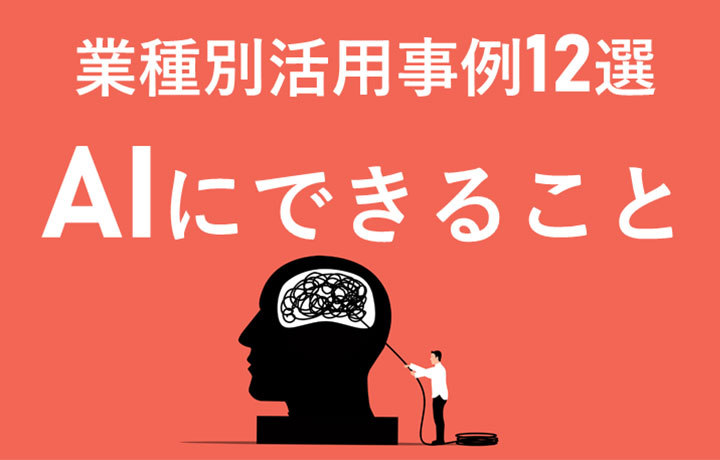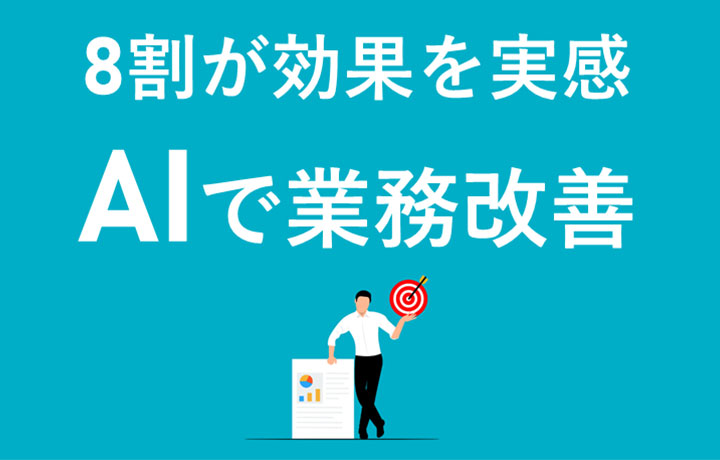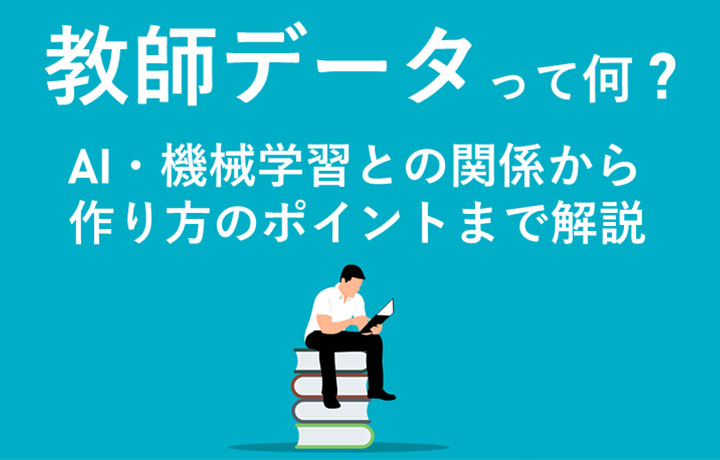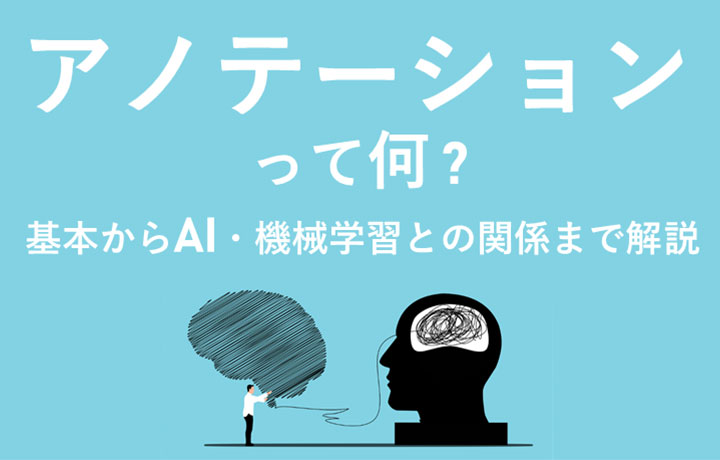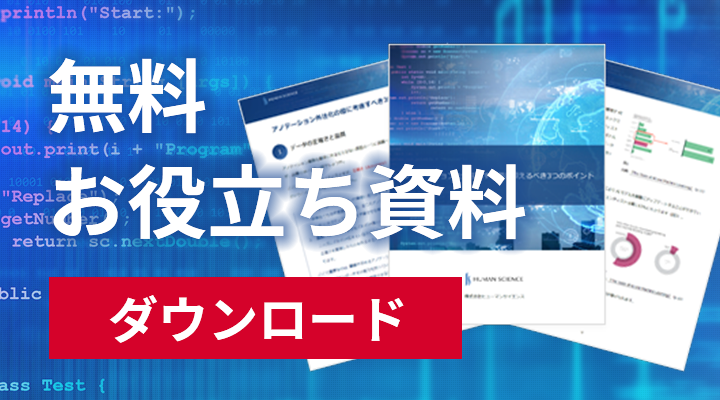
In December 2015, a report was published by a joint research between Nomura Research Institute and the University of Oxford stating that 49% of jobs in Japan would disappear within 10 to 20 years due to the introduction of AI. Now, seven years later, are human jobs really being taken over by AI? If the introduction of AI accelerates from here, what skills will be required of the remaining human workforce? We will examine the current situation and the implications of the report from that time, considering the skills needed for future workers and the new jobs created by AI.
- Table of Contents
-
- 1. Current Status of AI Implementation
- 1-1. The AI adoption rate of Japanese companies is still low
- 1-2. Human workers are necessary to develop AI
- 2. Why AI Takes Jobs
- 2-1. Strengths of AI as a Workforce
- 2-2. The Evolution of AI Beyond Mere Automation
- 3. Jobs That Will Disappear Due to AI and Jobs That Will Remain
- 3-1. Jobs Taken Over by AI
- 3-2. Jobs Required of Humans
- 3-3. Consider things that only humans can do
- 4. New Jobs Created by AI
- 4-1. Data Scientist
- 4-2. AI Engineer
- 4-3. Annotator
- 5. Consultations on AI utilization with Human Science
- 5-1. Achieved 48 million teacher data creations
- 5-2. Resource Management Without Using Crowdsourcing
- 5-3. Utilizing the latest data annotation tools
- 5-4. Complete Security Room in Our Company
1. Current Status of AI Implementation

Seven years have passed since the prediction of the future; are human jobs actually being taken over by AI?
1-1. The AI adoption rate of Japanese companies is still low
The percentage of companies that responded that they are utilizing AI technology in their operations, based on a survey targeting companies in Japan, Germany, and the United States.
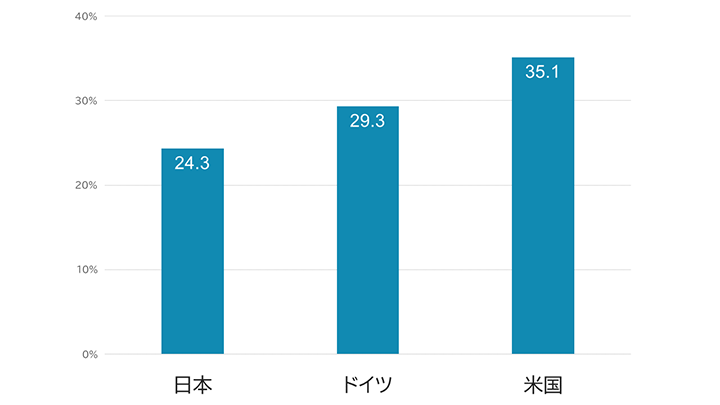
Source: Created by the author based on the Ministry of Internal Affairs and Communications 2021 research study on the economic impact of digital transformation.
The data is from 2021, but surprisingly, the AI utilization rate among Japanese companies is low at 24.3%. It shows that the actual use of AI is not progressing as much as expected. The predicted figure of 49% may be considered overly alarming, but it is true that the adoption of AI is advancing year by year. What we should take from the predictions at that time is the trends of jobs that will still be required of humans and those that are at high risk of being taken over by AI. It is necessary to consider measures that take into account these understandings and think about the skills that humans should acquire moving forward.
1-2. Human workers are necessary to develop AI
To develop AI that can be implemented at the business level, human labor is also essential. There is a lot of manual work involved in effective machine learning and the preliminary process known as annotation. The reason why the adoption of AI has been slower than predicted in 2015 may lie in such factors.
2. Why AI Takes Jobs

2-1. Strengths of AI as a Workforce
The characteristics of AI as a workforce are accuracy and speed. Just like manufacturing machines, once AI learns how to perform a task, it can continue that task indefinitely. Unlike humans, there is no decline in accuracy due to fatigue or regulations on working hours. The introduction of AI is expected to have a significant impact on productivity improvement and operational efficiency.
2-2. The Evolution of AI Beyond Simple Automation
Furthermore, AI has unique strengths. Unlike RPA and similar technologies, AI can flexibly respond not only to routine tasks but also to changes in the nature of the work. AI can also manipulate language. AI that automatically generates advertising copy can instantly create a large volume of copy by analyzing product information, past copy, news, and online reviews. AI can suggest ideas based on the materials provided and execute non-routine tasks. It can be said that the strengths of AI, which differ from traditional mechanization and simple automation, lie there.
Click here for an article about the differences between AI and RPA
>> A basic explanation of RPA. What are the differences with AI? Also introduces ways to utilize RPA and AI together.
3. Jobs That Will Disappear Due to AI and Jobs That Will Remain
Let's take a look at the specific professions mentioned in the report at that time.
3-1. Jobs Taken Over by AI
It is said that jobs with many tasks that can be standardized are at a high risk of being taken over by AI. From the perspective of operational efficiency, it is predicted that humans will be placed at a disadvantage in these jobs in the future.
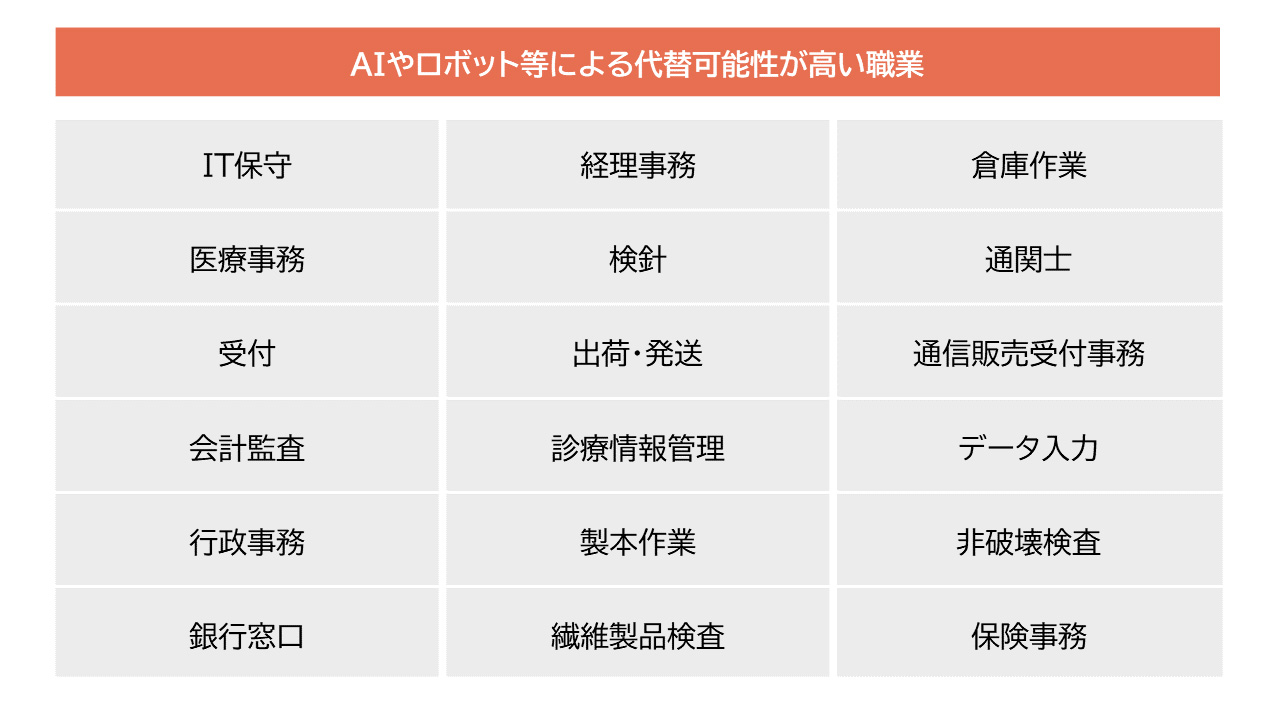
Source: 2015 Nomura Research Institute (NRI) "49% of Japan's labor force can be replaced by artificial intelligence and robots" created by the author
3-2. Jobs Required of Humans
Jobs related to the body and mind, as well as those requiring creativity, are said to be less likely to be taken over by AI.
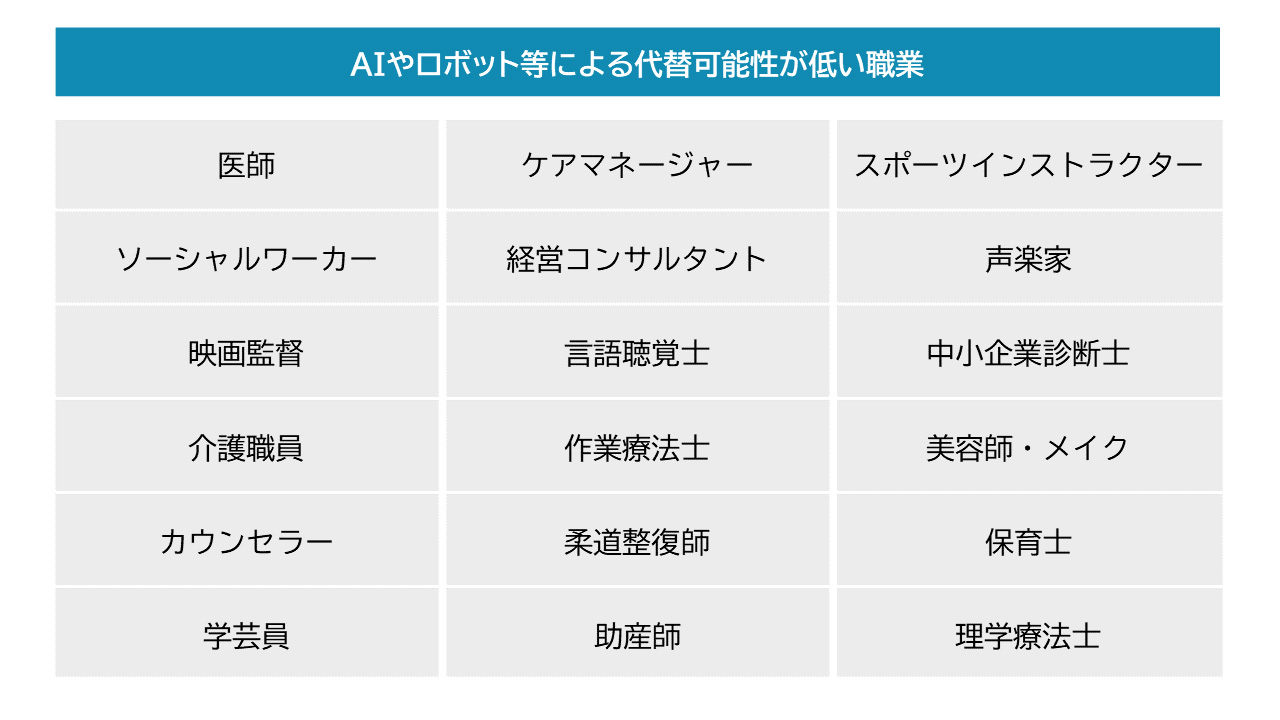
Source: 2015 Nomura Research Institute (NRI) "49% of Japan's labor force can be replaced by artificial intelligence and robots" created by the author
3-3. Consider things that only humans can do
Current AI has evolved beyond mere automation to a level where it can analyze big data and suggest responses tailored to the situation. However, it cannot create something from scratch. Skills such as planning and creativity will continue to be required from humans. Flexibility, critical thinking, and leadership, which are related to communication and relationship building, are still areas where humans excel. By reconsidering what only humans can do, we may gain insight into the future of work.
4. New Jobs Created by AI

While some jobs may disappear due to the spread of AI, there are also new jobs being created and an increase in demand for certain roles. When considering the way we work in the AI era, let's also pay attention to these positive aspects.
4-1. Data Scientist
A data scientist refers to a role that analyzes data based on statistics and algorithms to create value and solve problems. In AI development, the challenge is to perform appropriate analysis and classification from vast amounts of data and to identify the role that this data plays in improving the accuracy of AI.
4-2. AI Engineer
Also known as ML (Machine Learning) engineers. They play a crucial role in the development of AI by actually performing machine learning and building the systems that enable AI to function.
4-3. Annotator
The development of AI relies on a process called machine learning. The annotator is responsible for the practical work of creating the training data used in this process. They manually tag and label large amounts of data based on accurate knowledge and criteria. This role has a significant impact on the quality of AI.
For information about annotations, click here
>>What are annotations? An explanation from their meaning to their relationship with AI and machine learning.
For information about training data, click here
>> What is training data? An explanation from its relationship with AI, machine learning, and annotation to how to create it.
5. Consultations on AI utilization with Human Science
5-1. Achieved 48 million teacher data creations
"I want to implement AI, but I don't know where to start."
"I don't know what to request even if I want to outsource."
In such cases, please consult Human Science. Human Science participates in AI development projects across various industries, including natural language processing, medical support, automotive, IT, manufacturing, and construction. We have provided over 48 million high-quality training data through direct transactions with many companies, including GAFAM. We can handle a variety of annotation projects, from small-scale projects to long-term large-scale projects with 150 annotators, regardless of the industry.
>> Human Science Annotation Services
5-2. Resource Management Without Using Crowdsourcing
At Human Science, we do not use crowdsourcing. Instead, projects are handled by personnel who are contracted with us directly. Based on a solid understanding of each member's practical experience and their evaluations from previous projects, we form teams that can deliver maximum performance.
5-3. Utilizing the latest data annotation tools
One of the annotation tools introduced by Human Science, AnnoFab, allows customers to receive progress checks and feedback from the cloud even during the project. By ensuring that work data cannot be saved on local machines, we also take security into consideration.
5-4. Complete Security Room in Our Company
Human Science has a security room that meets ISMS standards within our Shinjuku office. We can handle even highly confidential projects on-site. We consider the assurance of confidentiality to be extremely important for any project. Our staff undergoes continuous security training, and we exercise the utmost care in handling information and data, even for remote projects.

 For the medical industry
For the medical industry For the automotive industry
For the automotive industry For the IT industry
For the IT industry







